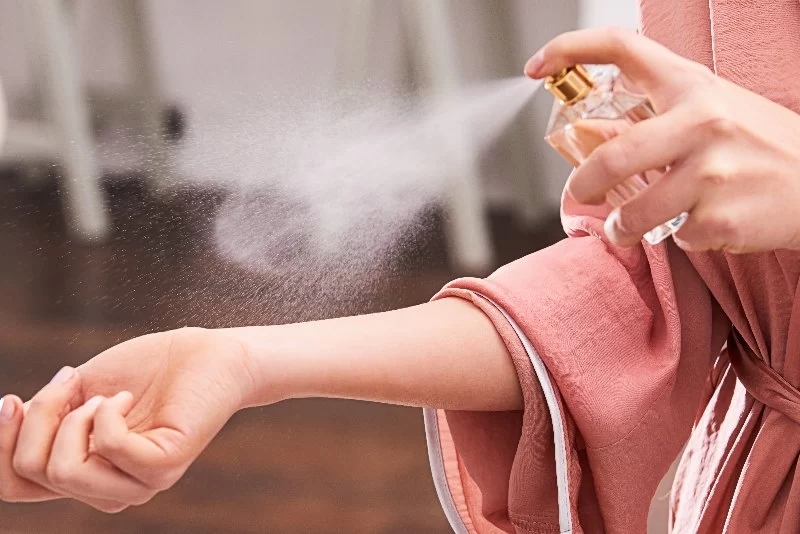- 1 - Why People Add Color to Body Spray
- 2 - Choosing the Right Ingredients for Coloring Body Spray
- 3 - Safe and Effective Methods on How to Color Body Spray
- 4 - Common Mistakes to Avoid When Coloring Body Spray
- 5 - Real-Life Examples of Creative Body Spray Coloring
- 6 - Where to Find Trusted Products and Inspiration
1 - Why People Add Color to Body Spray
Coloring body spray has become a fun and creative way to personalize fragrance. Beyond the scent itself, the visual appeal of a lightly tinted spray can make it feel more luxurious and unique. For some, it’s about matching the spray’s look to the fragrance notes—like a pale lavender shade for a calming floral or a light aqua tone for a refreshing marine scent. Others use it as a DIY project to create customized gifts. Learning how to color body spray safely allows you to enhance both the aesthetic and the personal touch of your fragrance collection.
2 - Choosing the Right Ingredients for Coloring Body Spray
The most important part of coloring body spray is selecting safe and compatible ingredients. Water-soluble cosmetic-grade colorants are the best option, as they blend easily and do not clog the spray nozzle. Avoid food coloring or harsh dyes that may stain skin or clothing. Some DIY enthusiasts experiment with natural alternatives like beet extract or hibiscus tea for a soft tint, though these may not always have long-lasting stability. A clear base body spray works best, as it allows the color to show more vividly while maintaining the spray’s intended fragrance strength.
3 - Safe and Effective Methods on How to Color Body Spray
When learning how to color body spray, start with small test batches. Add one or two drops of cosmetic-grade liquid dye into a small amount of body spray, shake well, and test the result on a paper towel. This helps check the shade and ensures it doesn’t leave unwanted residue. Always mix the color gradually, as a few drops often go a long way. Using clear glass or PET plastic bottles also helps monitor the blend. For a professional finish, many hobbyists recommend straining the mixture through a fine filter before pouring it into the spray bottle, which prevents clogs and uneven sprays.
4 - Common Mistakes to Avoid When Coloring Body Spray
One common mistake is using too much dye, which can result in staining clothing or skin. Another is using unstable natural colorants that fade quickly or alter the fragrance. Additionally, some people forget that not all spray bottles are dye-compatible, leading to clogs or discoloration of the packaging. It’s also important to avoid mixing oil-based dyes with water-based sprays, as they don’t blend and can separate quickly. Understanding these pitfalls ensures that your body spray remains safe, functional, and visually appealing without compromising fragrance quality.
5 - Real-Life Examples of Creative Body Spray Coloring
On social media, many DIY creators share their experiments with custom-colored sprays. For example, one creator made a turquoise mist to match a tropical coconut-lime scent, adding to the overall sensory experience. Another popular story involved a group of friends who crafted custom-colored body sprays as party favors, with each spray tinted to match the personality of the recipient. These examples show that coloring body spray isn’t just about aesthetics—it’s also a way of making fragrance more personal, interactive, and memorable.
6 - Where to Find Trusted Products and Inspiration
If you’re ready to explore how to color body spray, sourcing the right ingredients and bottles is key. Look for cosmetic-grade dyes, safe base sprays, and spray bottles that are compatible with your chosen formula. At Scent Snob, you can find curated fragrance bases, safe coloring agents, and professional advice for creating custom body sprays. By choosing the right products, you not only ensure safety but also open the door to endless creative possibilities for your fragrance journey.


0 comments